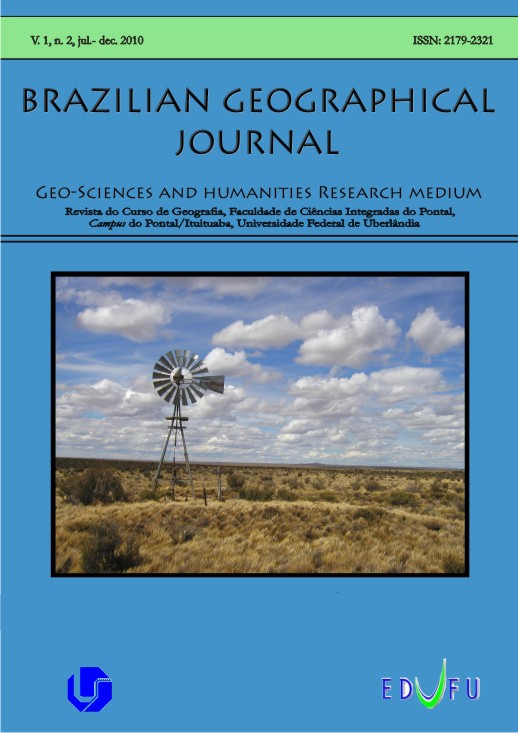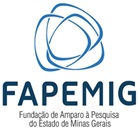A New Spontaneous Model of Fibrodysplasia Ossificans Progressiva
Resumo
Fibrodysplasia ossificans progressiva (FOP) is a genetic disorder characterized by relentlessly progressive and seemingly uncontrollable progressive ossification of tendons, ligaments, fascia, and striated muscle with heterotopic bone formation resulting in immobilization and wheel chair confinement by age 30. Progress in its management has been compromised by lack of a natural animal model. Defleshed mammal skeletons were examined for evidence of heterotopic bone formation. The Southeast Asian mouse deer of the genus Tragulus was found to have an osseous sheath covering the lower back and upper thigh region consistent with the clinical definition of FOP. This heterotophic bone deposition is present in all adults males, including both wild obtained and zoo bred animals.
We report the first known example of spontaneous, naturally occurring fibrodysplasia ossificans progressiva (FOP) in a non-human mammal. Tragulus may offer the opportunity to examine many of the disease’s most significant attributes experimentally.
Downloads
Publicado
Edição
Seção
Licença
All copyrights are reserved to authors. Reproductions of any part of this journal, including the non-commercial use of figures, maps and other illustrations, are allowed provided that the original source of publication be assigned.


